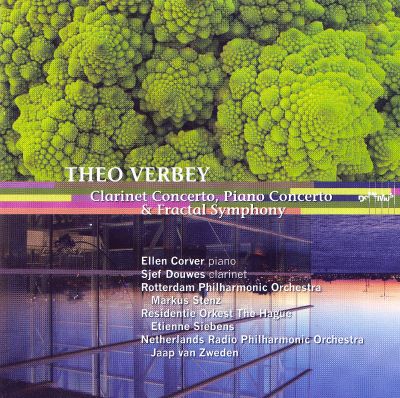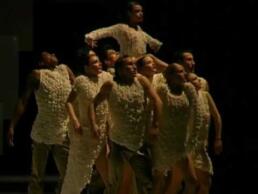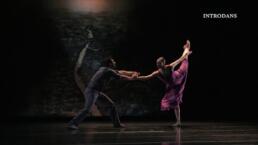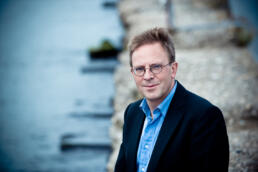Details
Duration:
30'
Instrumentation:
3333 4331 timp 4perc hp pf str (16.14.12.10.8)
Written for:
The Residentie Orkest on the occasion of their centennial in 2004
Commissioned by:
Performing Arts Fund NL
Find on CD:
About 'Fractal Symphony'
Musical form is paramount for Verbey. For every new composition, he searches in advance for rational patterns which he believes are necessary to capture and hold the attention of the experienced listener. In so doing, he voluntarily puts restrictions on himself. Atmosphere and color also play a large role in his music, but only as by-products of the chosen structure.
The musical form of Verbey’s brand new Fractal Symphony depends on fractals, geometric patterns that occur on several repeated levels. Fractals in this case boil down to numerical ratios which underly both the larger form and the smaller musical units. In the five-movement symphony, Verbey chose the numbers 7: 5: 6: 4: 8. From this series, we can infer that the fourth (and shortest) movement is exactly half as long as the fifth (and longest) movement. When added together, the sum of the five numbers also gives the total duration of the symphony, or 30 minutes. Rhythm and musical phrasing are also governed by the same numerical sequence. But other musical parameters such as melody, harmony and dynamics are free from these ‘objective’ relationships, because the composer wanted to reserve room for ‘subjective’, artistic decisions. Despite his fondness for mathematical instruments, Verbey does not have a high opinion of music that is completely generated by algorithms. He thinks such music sounds primitive.
When Theo Verbey set the first sketches of the Fractal Symphony to paper in 1997, he had a slow and monotonous flow of orchestral sounds in mind. He did not hold onto this original vision. Verbey put the sketches aside for some years and only picked up the thread again in April 2004. It soon became clear to him that contrast and variety had to play a leading role in the new composition. To that end, he turned for inspiration to the music of Berlioz and Bartòk.
The variety between the various movements of the Fractal Symphony comes primarily from the contrasting tempos. The second and the fourth movements are fast, the other movements are slow. What’s more, the center of gravity within the instrumentation shifts. The strings predominate in the first movement, the woodwinds in the second, the percussion in the third, and the brass in the fourth. The fifth and final movement is based on Vallee des cloches from Ravel’s Miroirs and contains a quote from an organum from the medieval composer Perotinus. “The first and the last relevant French composers shake hands, as it were,” according to the composer.
– Michel Khalifa, 27 December 2004
In Concert
18 Jun 2009
Ballet "Fractal Symphony" (van Berkel) / Philharmonisches Staatsorchester Mainz
Mainz, Germany
13 Jun 2009
Ballet "Fractal Symphony" (van Berkel) / Philharmonisches Staatsorchester Mainz
Mainz, Germany
05 Jun 2009
Ballet "Fractal Symphony" (van Berkel) / Philharmonisches Staatsorchester Mainz
Mainz, Germany
23 Apr 2009
Ballet "Fractal Symphony" (van Berkel) / Philharmonisches Staatsorchester Mainz
Mainz, Germany
Video
Regina van Berkel - Memory of a Shape
Fractal Symphony inspired choregrapher Regina van Berkel to create her ballet, "Memory of a Shape" which has been performed by Ballet Mainz and Introdans.
3:52
What are fractals?
Theo Verbey often used fractals when composing. This brief video explains a little more about fractals and their place in the universe.



